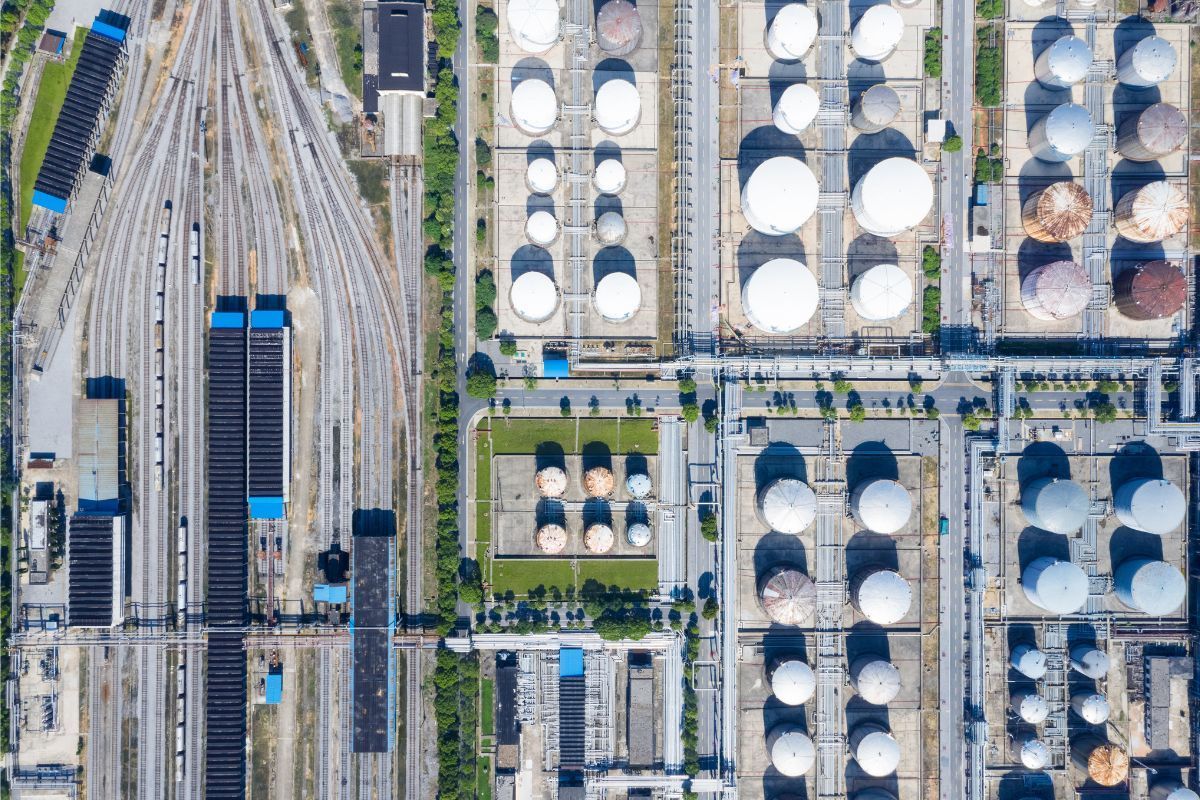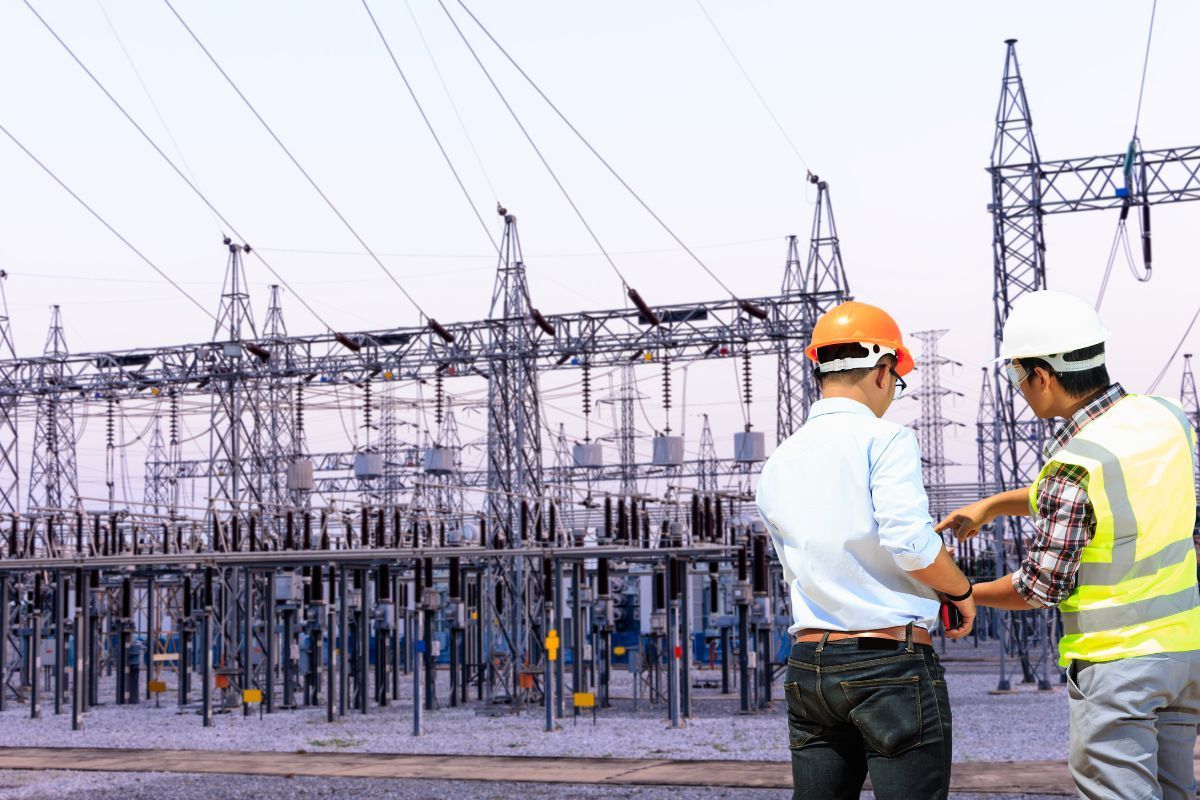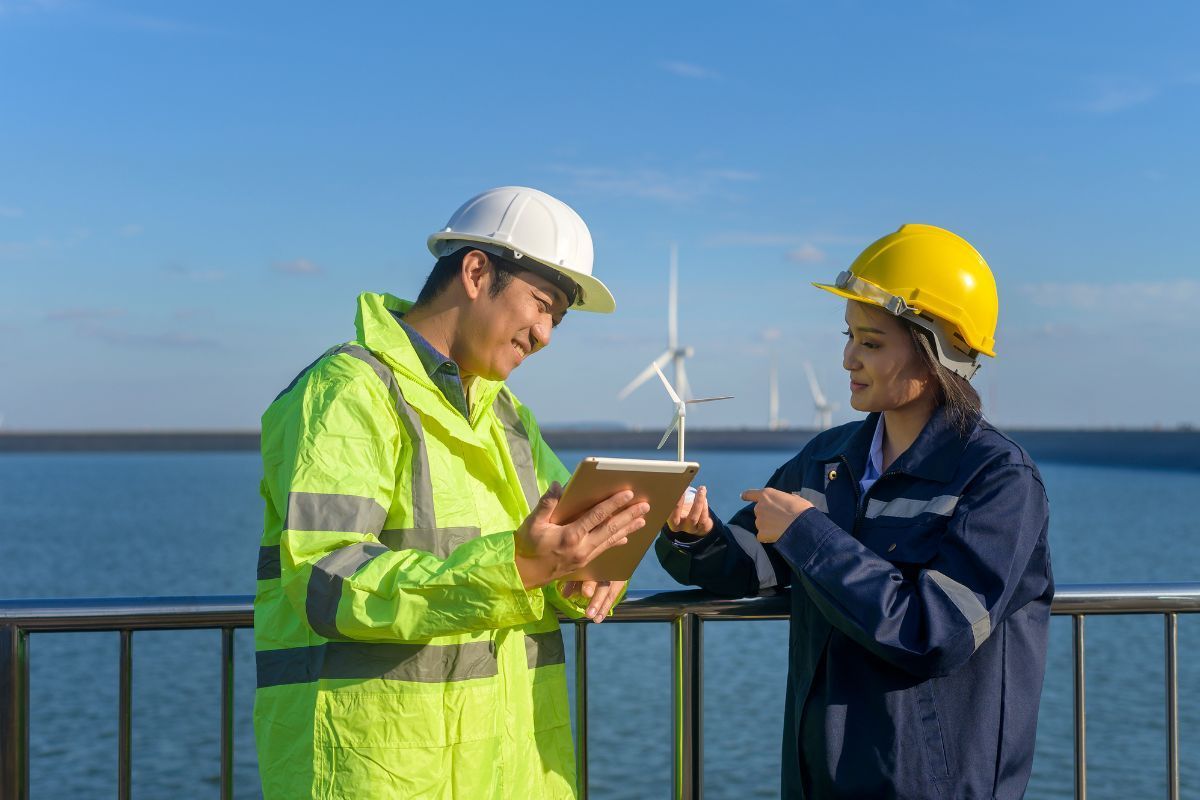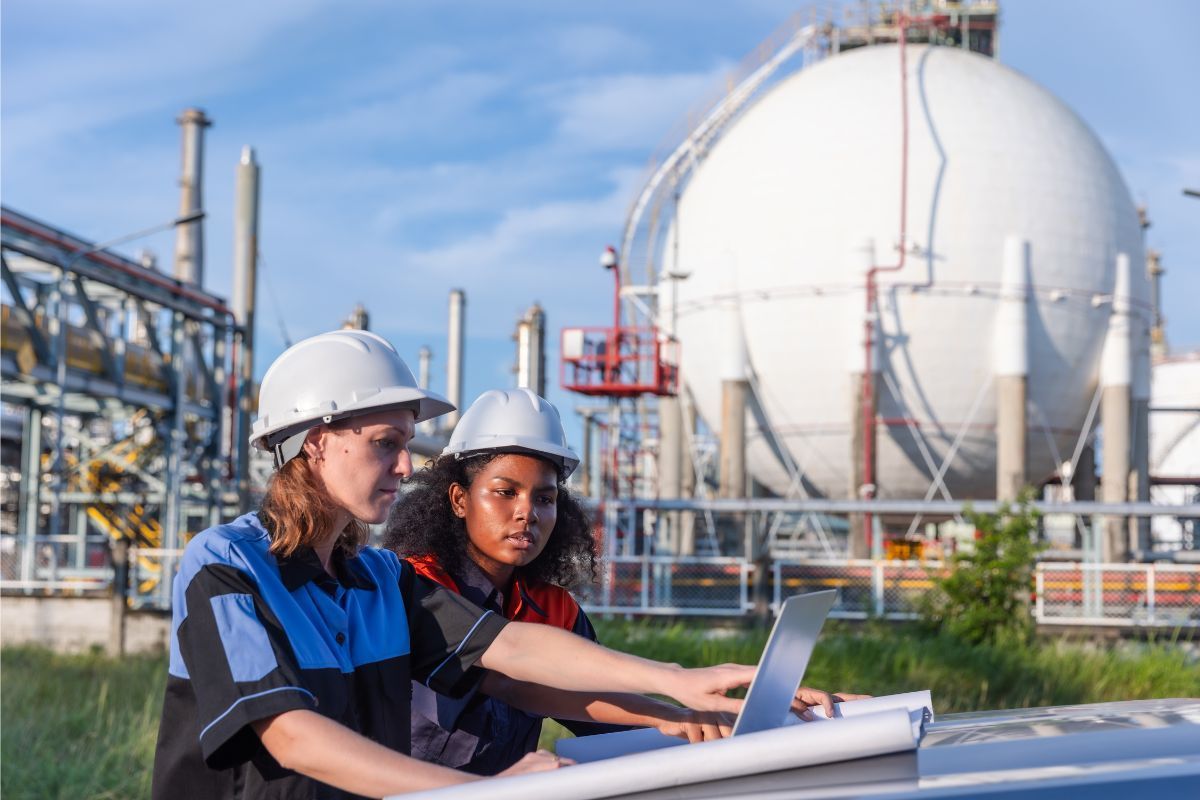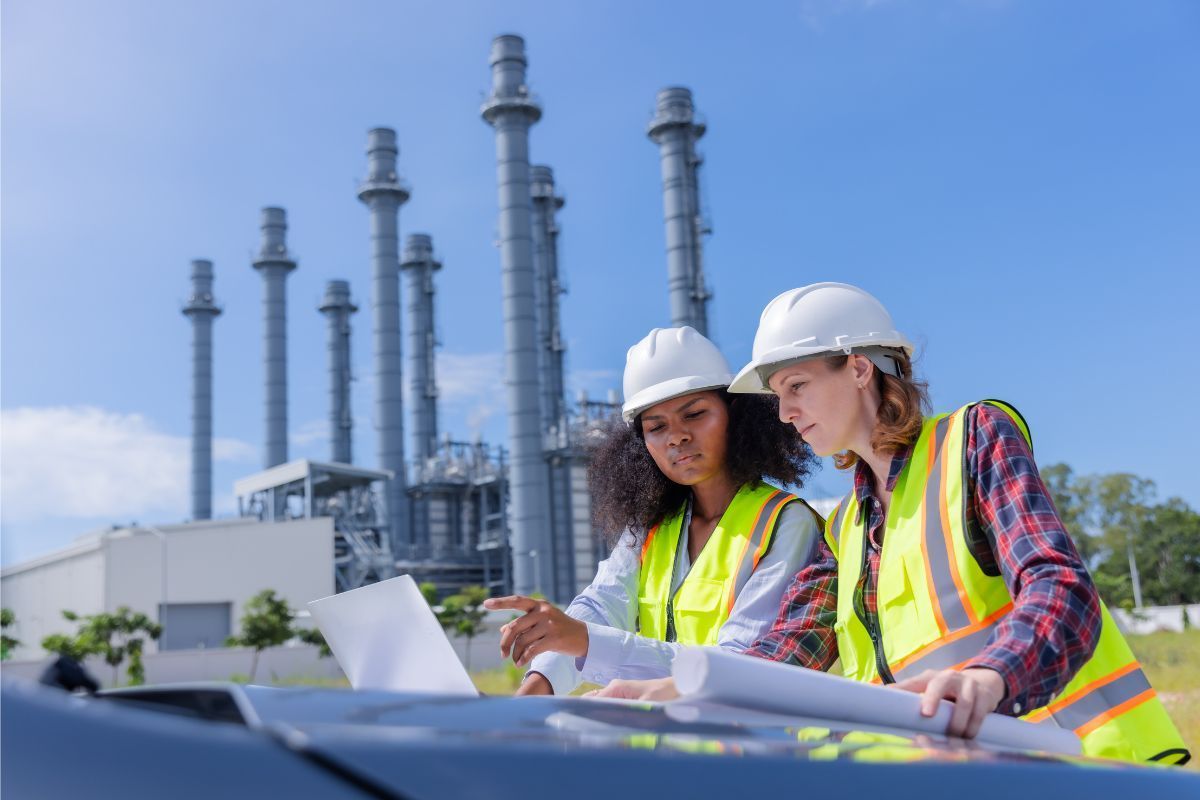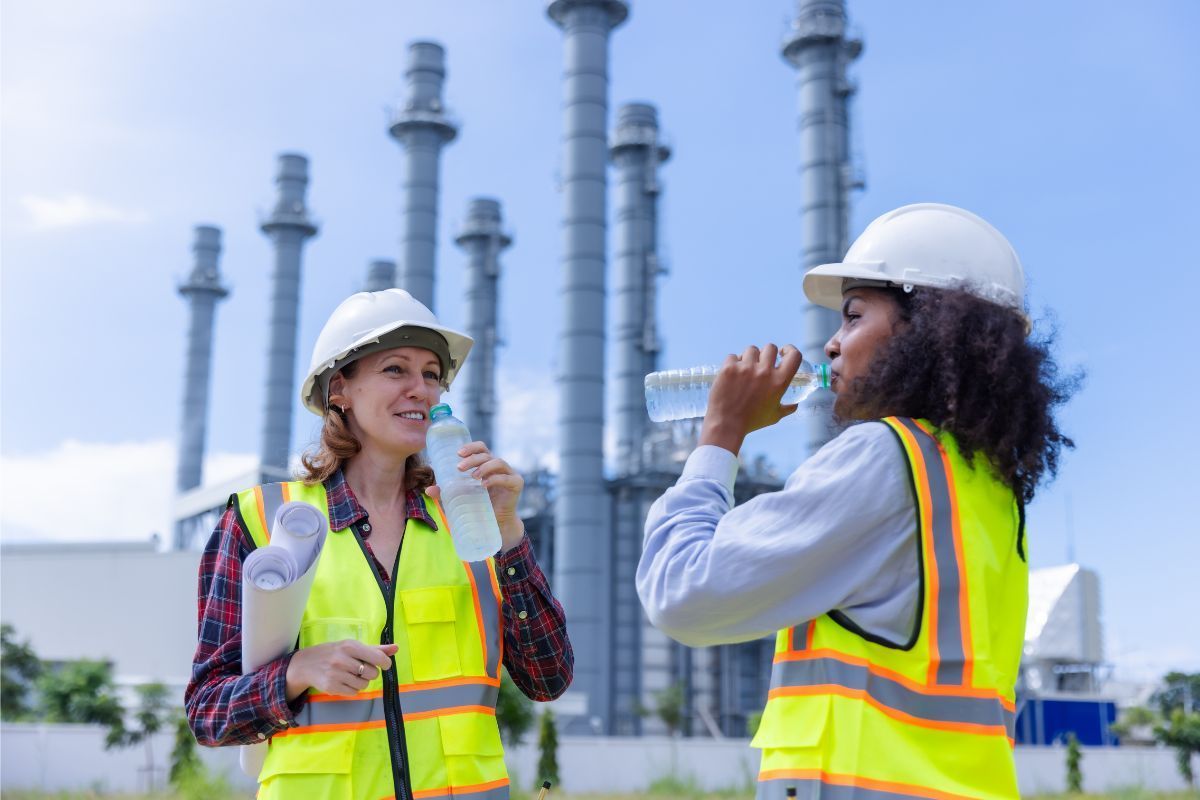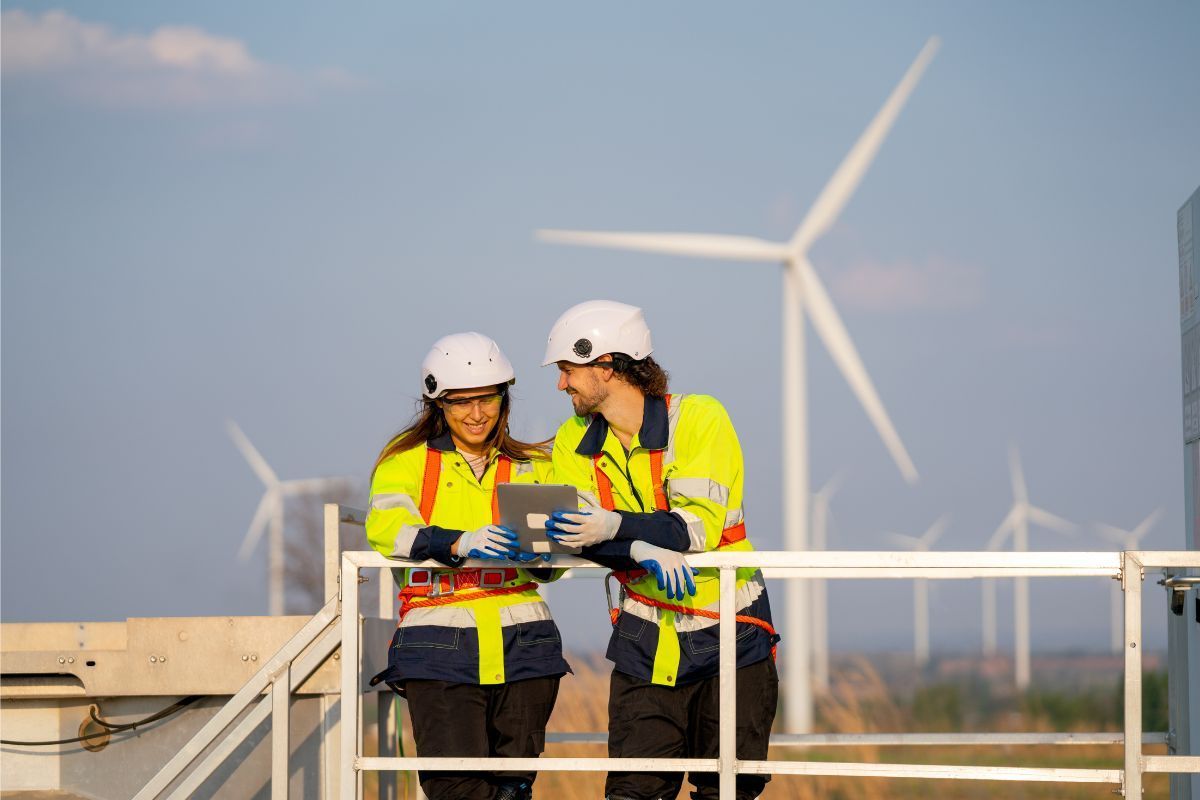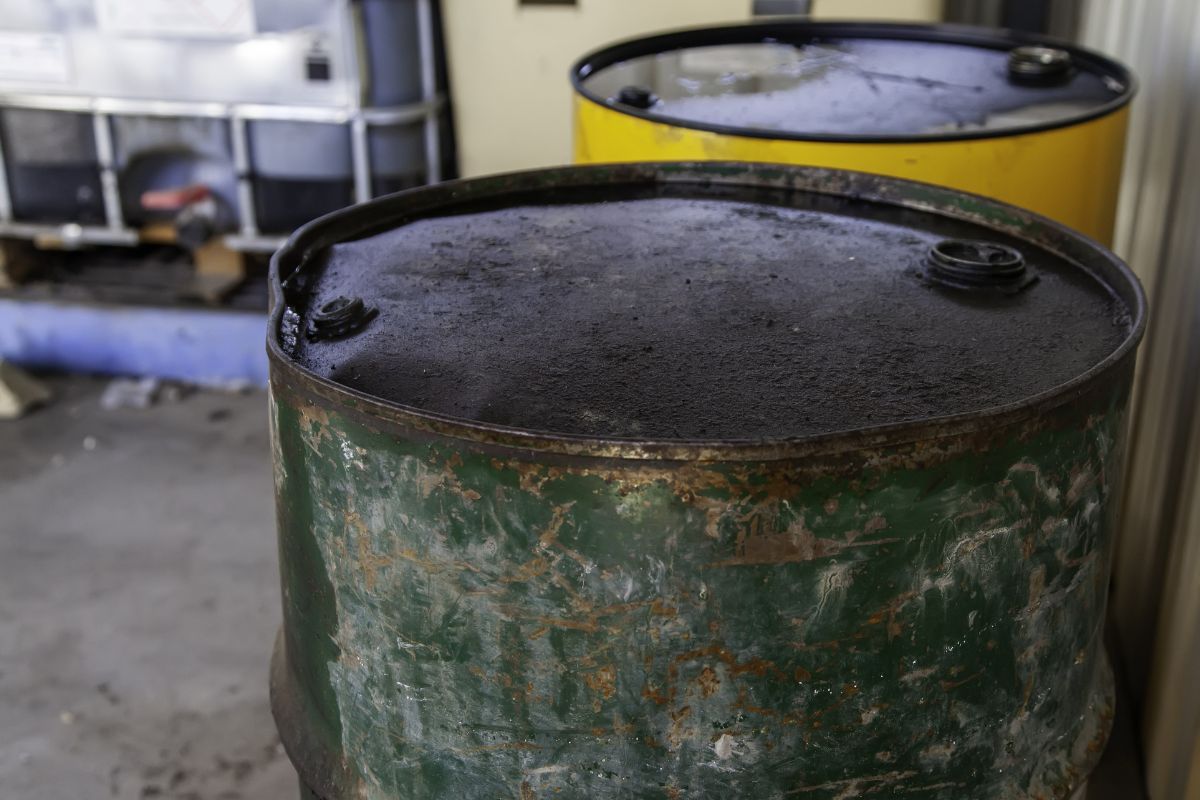5 Overlooked Risks in Pipeline Construction Projects
See How We're Different
Or Call Us: (281) 823-8262

Pipeline construction projects are critical to ensuring the steady and safe transportation of natural gas, oil, and other essential resources across vast distances. While the industry has made significant strides in safety and technology, certain risks remain underappreciated, posing challenges to project success and long-term operational integrity. Understanding these overlooked risks is vital for engineers, project managers, regulators, and stakeholders involved in pipeline infrastructure development.
Despite pipelines being statistically safer than other transportation modes—Brigham A. McCown, a former regulator, notes that pipelines are 451 times safer than rail per mile—the complexity of construction projects can introduce vulnerabilities that are not always evident at first glance. This article explores five such risks, supported by recent data and expert insights, to help illuminate critical areas that deserve more attention during pipeline construction.
1. Internal Corrosion and Material Degradation
One of the most insidious risks in pipeline construction is internal corrosion, a factor often underestimated during the design and material selection phases. Corrosion inside pipelines can progressively weaken the steel walls, leading to leaks or catastrophic failures long after construction is complete.
A comprehensive study analyzing over a thousand nitrogen-related pipeline events between 1970 and 2010 identified internal corrosion as a primary cause of pipeline failures. This highlights the importance of selecting corrosion-resistant materials and implementing effective protective coatings and cathodic protection systems during construction.
Moreover, the choice of pipeline materials must consider the transported substance’s chemical properties and environmental conditions. Failure to do so can result in accelerated degradation, increasing maintenance costs and safety risks over the pipeline’s operational lifespan.
In addition to the material selection, the operational parameters of the pipeline, such as temperature and pressure, play a critical role in the rate of corrosion. For instance, higher temperatures can enhance the corrosive effects of certain substances, leading to a more rapid deterioration of the pipeline material. It is essential for engineers to conduct thorough risk assessments that take these variables into account, ensuring that the pipeline is designed to withstand the specific conditions it will encounter throughout its service life.
Furthermore, regular monitoring and maintenance practices are vital to mitigating the risks associated with internal corrosion. Advanced technologies, such as smart pigging and corrosion monitoring sensors, can provide real-time data on the integrity of the pipeline, allowing for timely interventions before significant damage occurs. By integrating these technologies into the pipeline management strategy, operators can not only extend the lifespan of their infrastructure but also enhance overall safety and reliability in the transportation of hazardous materials.
2. External Interference and Environmental Hazards
External interference, including accidental damage from construction activities or natural events, is another overlooked risk that can compromise pipeline integrity. Construction sites are often located near other infrastructure or in environmentally sensitive areas, making pipelines vulnerable to unexpected impacts.
For example, a recent incident near Edson, Alberta, where a TC Energy natural gas pipeline ruptured and caused a large explosion and wildfire, underscores the potential consequences of external damage. Such events not only threaten human safety but also have significant environmental and economic impacts. The explosion resulted in not only immediate danger to local residents but also extensive damage to surrounding ecosystems, with wildlife habitats disrupted and air quality severely affected by the resultant smoke and emissions.
Mitigating this risk requires thorough site assessments, real-time monitoring, and coordination with other construction projects in the vicinity. Incorporating Geographic Information Systems (GIS) and advanced risk analysis tools can help identify vulnerable sections and plan protective measures accordingly. Additionally, implementing strict safety protocols and conducting regular training for construction crews can further minimize the likelihood of accidental damage. The integration of technology such as drones for aerial surveillance and ground-penetrating radar can provide enhanced visibility of underground pipelines, ensuring that construction activities are conducted safely and responsibly.
Moreover, public awareness and community engagement play crucial roles in pipeline safety. Local communities should be informed about the presence of pipelines and the potential risks associated with nearby construction activities. By fostering a culture of safety and vigilance, stakeholders can work together to identify and address potential hazards before they escalate into serious incidents. For more on the implications of pipeline ruptures, see the TC Energy pipeline explosion near Edson.
3. Structural Failures Due to Design and Installation Errors
Structural failures during or after pipeline construction often stem from design flaws, poor welding practices, or inadequate quality control. These errors can create weak points that may not be immediately apparent but can lead to failures under operational stresses. For instance, a miscalculation in the stress distribution across a pipeline can result in undue pressure at specific points, leading to cracks or ruptures that compromise the entire system. Such failures not only threaten the integrity of the pipeline but also pose significant safety risks to surrounding communities and ecosystems.
Research shows that structural failures, alongside internal corrosion and external interference, are among the leading causes of pipeline incidents. Ensuring rigorous adherence to engineering standards and employing advanced inspection technologies during construction are essential to minimizing this risk. Techniques such as non-destructive testing (NDT) and real-time monitoring systems can detect anomalies before they escalate into catastrophic failures. The integration of smart technologies, including sensors that provide continuous feedback on the pipeline's condition, is becoming increasingly important in maintaining operational safety and efficiency.
Additionally, the increasing value of pipeline assets—reported at nearly $188 billion for U.S. interstate natural gas transportation and storage in 2020—means that even minor structural issues can have significant financial repercussions. Investing in quality assurance upfront is not only a safety imperative but also a sound economic decision. The costs associated with pipeline failures, including emergency response, environmental cleanup, and legal liabilities, can far exceed the initial savings from cutting corners on design and installation. As the industry evolves, there is a growing emphasis on developing a culture of safety and accountability that prioritizes long-term asset integrity over short-term gains.
Furthermore, the regulatory landscape is shifting to demand more stringent oversight of pipeline construction practices. Agencies are increasingly requiring detailed documentation and verification of compliance with safety standards throughout the construction process. This trend underscores the importance of continuous education and training for engineers and construction teams to stay abreast of the latest technologies and methodologies. By fostering a workforce that is knowledgeable and skilled in modern pipeline construction techniques, the industry can better mitigate the risks associated with structural failures and enhance the overall reliability of pipeline infrastructure.
Learn more about the growth and value of pipeline assets in the S&P Global industry report.
4. Inadequate Risk Assessment and Monitoring Technologies
While traditional risk assessments focus on known hazards, many pipeline projects fail to incorporate emerging technologies that could enhance safety and environmental protection. The integration of Geographic Information Systems (GIS) and machine learning models offers a promising approach to identifying and mitigating risks that might otherwise be overlooked.
A recent study titled "Risk Analysis of Flowlines in the Oil and Gas Sector" demonstrates how combining GIS with machine learning can improve the prediction of risk zones, helping project teams proactively address potential issues before they escalate. These tools enable more precise mapping of environmental sensitivities, human exposure, and infrastructure vulnerabilities.
Pipeline projects that neglect these advanced analytical techniques may miss critical risk factors, leading to higher chances of incidents during construction and operation. Embracing data-driven risk management is becoming increasingly essential in the face of complex pipeline networks and environmental challenges.
Moreover, the use of real-time monitoring technologies, such as drones and IoT sensors, can further enhance the ability to detect anomalies and assess pipeline integrity. Drones equipped with thermal imaging and high-resolution cameras can survey vast areas quickly, identifying leaks or potential hazards that ground inspections might overlook. Similarly, IoT sensors can provide continuous data on pressure, temperature, and flow rates, allowing for immediate responses to any deviations from normal operating conditions.
These advancements not only improve safety outcomes but also contribute to more efficient operations by minimizing downtime and reducing maintenance costs. As the industry moves toward more sustainable practices, the integration of these technologies will be crucial in ensuring that pipeline projects are not only economically viable but also environmentally responsible. The potential for predictive maintenance, driven by data analytics, can transform how companies approach pipeline management, leading to a more proactive rather than reactive stance in risk mitigation.
Explore the innovative approach in the risk analysis of flowlines using GIS and machine learning.
5. Underestimation of Incident Probability Over Pipeline Lifespan
Another frequently overlooked risk is the high probability of pipeline failures occurring at some point during their operational lifespan. An analysis published in the Oil & Gas Journal reveals that pipelines of various lengths have significant chances of experiencing reportable failures, emphasizing the need for long-term vigilance.
Construction projects often focus on immediate safety and compliance, but underestimating the likelihood of future incidents can lead to insufficient planning for maintenance, emergency response, and asset management. This gap in foresight can exacerbate the consequences of failures when they do occur.
Furthermore, annual data from the U.S. shows an average of 26 pipeline incidents resulting in multiple fatalities and injuries each year. These statistics underscore the importance of incorporating lifecycle risk assessments into pipeline construction and operational strategies.
In addition to the direct risks associated with pipeline failures, there are also significant environmental and economic implications. A single incident can lead to extensive environmental damage, affecting local ecosystems and wildlife. The cleanup costs and regulatory fines can escalate rapidly, placing a financial burden on the responsible companies and potentially impacting local economies reliant on natural resources. Moreover, public perception and trust can be severely impacted, leading to long-term reputational damage that can hinder future projects.
To mitigate these risks, it is crucial for pipeline operators to invest in advanced monitoring technologies and predictive maintenance strategies. Utilizing data analytics and real-time monitoring systems can help identify potential weaknesses in the pipeline infrastructure before they lead to catastrophic failures. By adopting a proactive approach, companies can enhance safety, reduce the likelihood of incidents, and ultimately ensure the integrity of their operations over the pipeline's entire lifespan.
For detailed safety performance data, consult the PHMSA pipeline safety data reports.
Conclusion
Pipeline construction projects are complex undertakings with numerous safety and operational challenges. While the industry has made impressive advances, overlooking risks such as internal corrosion, external interference, structural failures, inadequate risk assessment technologies, and the long-term probability of incidents can undermine these efforts.
Addressing these risks requires a multifaceted approach that combines rigorous engineering standards, advanced monitoring technologies, comprehensive risk assessments, and proactive maintenance planning. By doing so, pipeline projects can not only enhance safety and environmental protection but also safeguard valuable infrastructure assets for decades to come.
As the demand for energy infrastructure continues to grow, recognizing and mitigating these overlooked risks will be crucial to building resilient, reliable pipeline networks that serve communities safely and sustainably.

